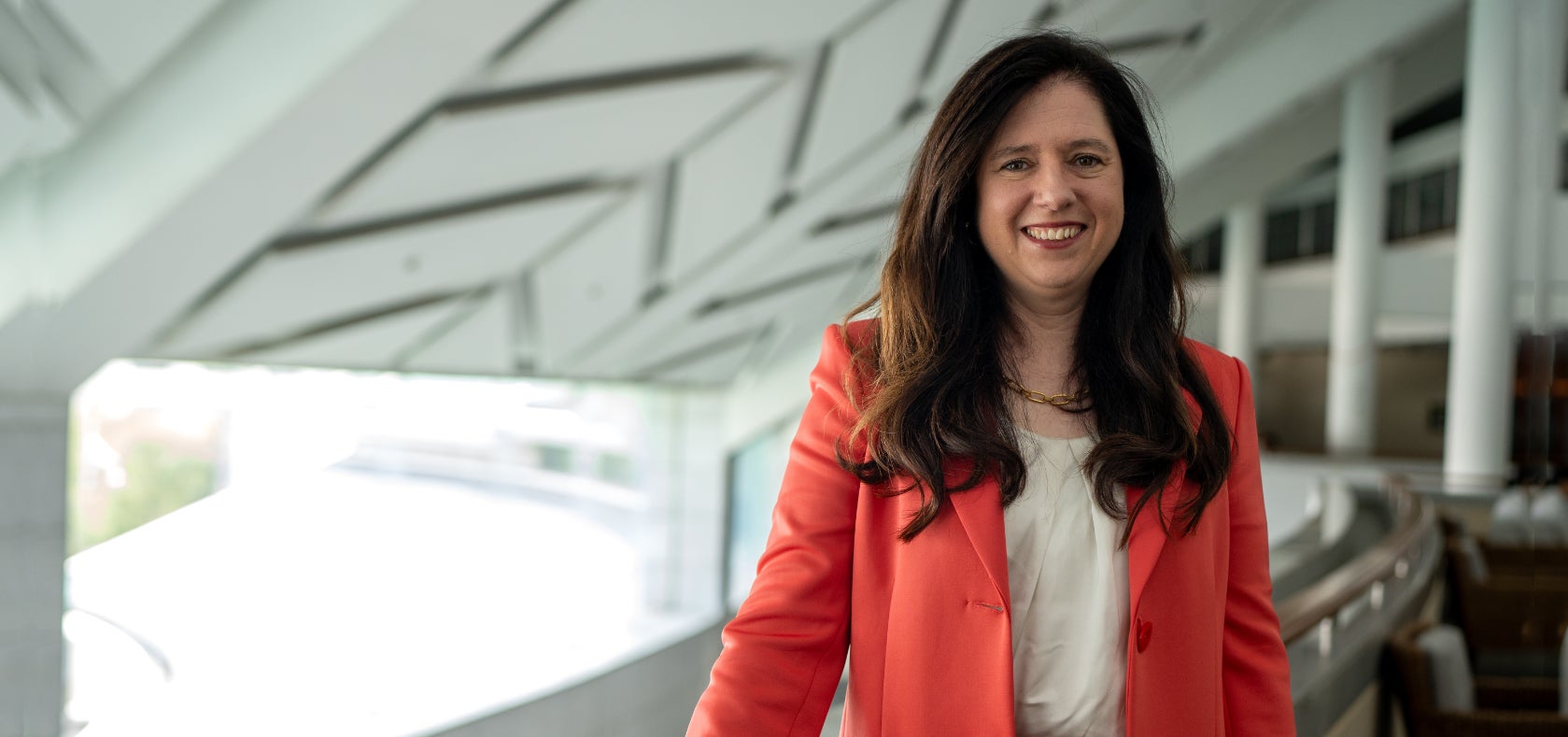Take five: “We need targeted investment to support women in green entrepreneurship and leadership”
Date:
Author: Maria Gobern Rius

Rebecca Razavi is Asia-Pacific’s Regional Director and Head of Public Policy and Economic Graph at LinkedIn. Last year, LinkedIn’s Global Green Skills Report revealed a sharp gender gap in the green industry. The data shows that only 10% of women have at least one green skill, compared to 16% of men. What is more, the gender gap has not reduced but grown by 25% over the past seven years. Razavi presented the report’s findings at the side event Empowering Young Women and Girls through Green Skills and Jobs organized as part of the Asia-Pacific Regional Commemoration of International Women's Day 2024.
- LinkedIn´s Global Green Skills Report shows that just one in ten women in the world have green skills. What are the main causes and consequences of this?
Data shows us that companies are increasingly adding green jobs, but they face difficulties in finding qualified individuals to fill these roles. We need more people coming into the green industry but if women don’t have green skills, it is much harder for them to enter, and they are being left out of the growth in green jobs.
Men have a smoother path in work transitioning the world's economies to more sustainable solutions. In the Asia-Pacific region, research shows that 55% of men have a high skill similarity between their first green job and the job they had before.
Women don’t have the sort of skills to be able to easily transition to green jobs. We’re missing out on the talents and ideas of half the population in a field that's crucial for our planet's future. To meet the growing demand for green skills we need to focus on reskilling women.
- This year’s theme for IWD is “Invest in Women: Accelerate Progress” Why do you think this is important?
We see that women founders and executives of climate-focused companies are substantially underrepresented. Women hold only 20% of VP roles and 21% of C-suite roles in green sectors. We need targeted investment to support women in green entrepreneurship and leadership.
The gender disparity in green skills and leadership roles reflects broader issues of gender inequality in the workforce and limits the variety of perspectives in environmental problem-solving. This is a critical issue, as highlighted by a prior study which examined the gender inequalities and hegemonic masculinization within the energy industry, finding that women face significant barriers to leadership positions due to a male-dominated culture and lack of female role models.
- What are the main strategies to bridge this green skills gender gap?
The first level is acknowledging that we have a problem. The deficit of green skills presents a large barrier to fighting climate change. Transitioning to a sustainable, low-carbon economy requires a workforce with the demanded green skills, and the current gap could slow the efforts to achieving global climate targets.
The second level is making sure that we're doing our best to make the transition to green jobs inclusive. Governments, policymakers, and business leaders, among others, can take several concrete actions: Invest in retraining, upskilling programmes, and career guidance that foster green skills development and create pathways for female workers to transition into green industries; explore measures to increase diversity in hiring, including through taking a skills-first approach, especially in jobs that help green the planet; conduct national green skills measuring and embed green skills training at a policy level and address systemic barriers that prevent women and other underrepresented groups from entering and advancing in green jobs, through awareness campaigns and community engagement.
At LinkedIn, we provide an open platform for equal opportunities. We are trying to remove barriers by creating a place where women can network and join specific learning programs on how to get jobs in the green economy.
- Tell us about the partnership between UN Women and LinkedIn.
UN Women and LinkedIn share an objective with this partnership: creating economic opportunities and finding ways to upskill women and girls to come into new and emerging roles. With the LINK Women project in India, we digitally upskill women affording them greater access to jobs and equipping them to fully participate in the formal economy. Together, we are shaping policy and practice to ensure women's access to jobs, driving sustainable development and gender equality across the Asia-Pacific region.
- This year, countries and regions are reviewing the implementation of the Beijing Declaration and Platform for Action. What are some of the remaining challenges in the workplace?
Women in the workplace have experienced big advancements in the past 30 years, we can see an increase in awareness of diversity and inclusion. There is a real acknowledgment, and it has dramatically shifted the conversation, but we still have a stubborn element that doesn’t shift: the proportion of women in top leadership positions. There is still a long way to go before workplace equality becomes a reality.